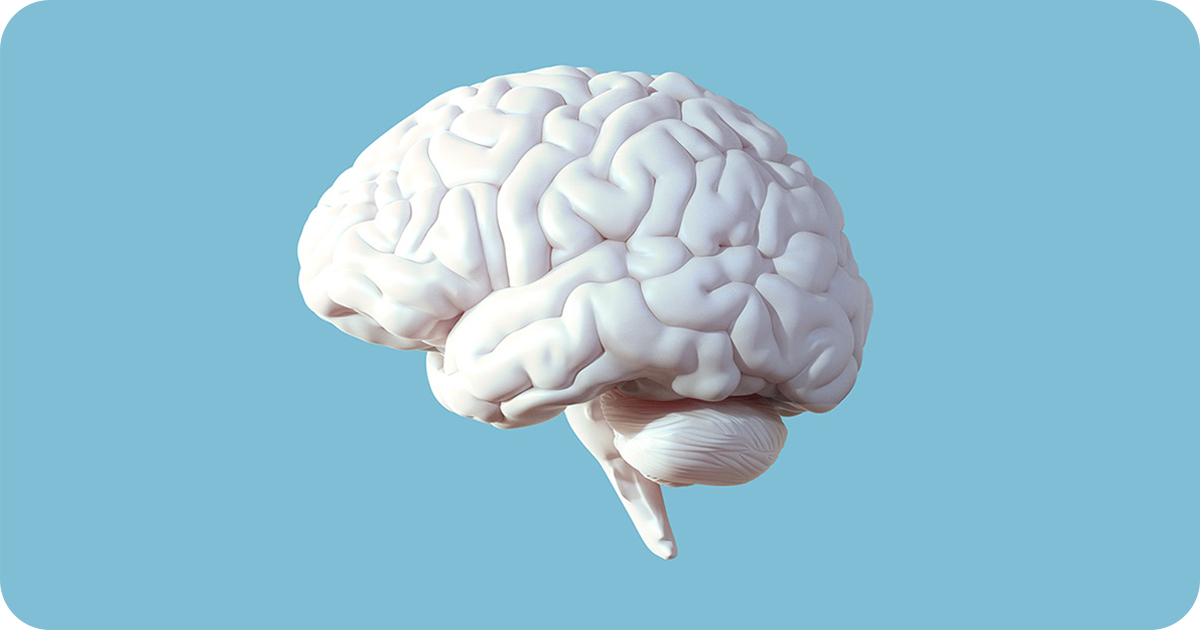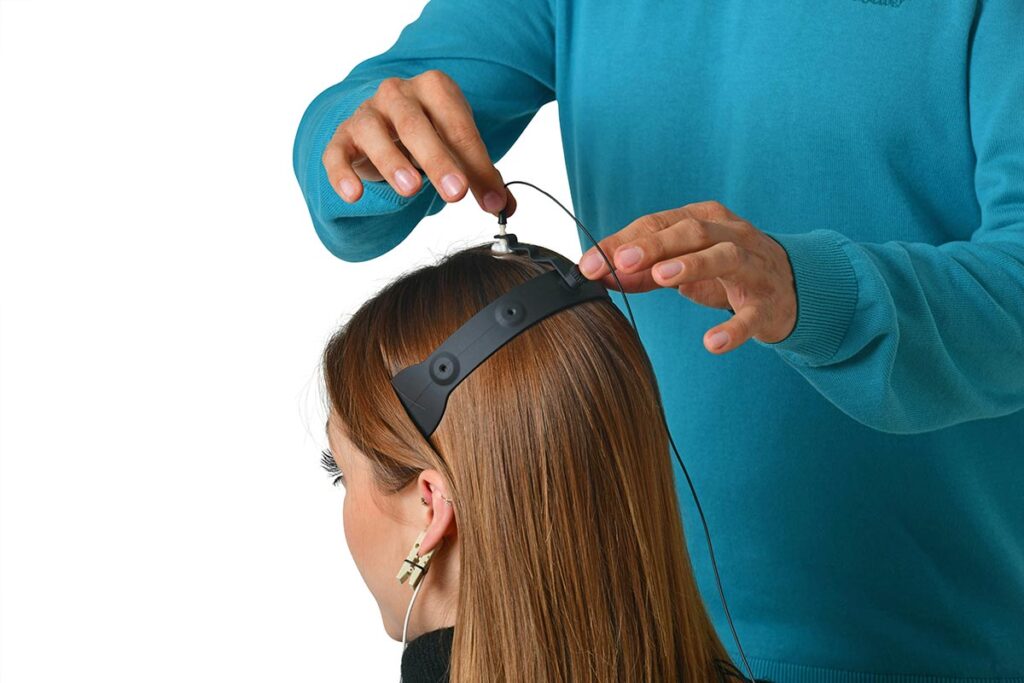What do we mean when we say that “addiction starts in the brain?” Is this an accurate way to describe how someone develops an addiction or is addiction based on external influences, such as that individual’s environment? To truly combat substance use disorders, we must first understand how addiction starts by taking a closer look at the complex neurobiology of substance use.
Understanding Addiction: Where Can It Come From?
Addiction doesn’t solely develop due to drug or alcohol abuse.[1]McLellan A. T. (2017). Substance Misuse and Substance use Disorders: Why do they Matter in Healthcare?. Transactions of the American Clinical and Climatological Association, 128, 112–130.
In truth, it is possible for substance use disorders to stem from just about anywhere if these outside forces create a significant impact on the brain. Take gambling addictions, for instance. Even though this form of addiction does not involve substance use, a gambling addiction creates an impact on the brain that isn’t entirely dissimilar to drugs or alcohol.[2]Yau, Y. H., & Potenza, M. N. (2015). Gambling disorder and other behavioral addictions: recognition and treatment. Harvard review of psychiatry, 23(2), 134–146. … Continue reading
When it comes to determining the source of substance use disorders, the scientific perspective has changed massively over the years. Researchers first began to examine addiction in the 1930s, and at that point, the biological component was hardly acknowledged. Instead, scientists simply believed that addictions or addictive behaviors were a result of insufficient willpower or some type of flaw in an individual’s moral code.
As you may have guessed, our understanding of addiction has greatly evolved in the modern age. Instead of being caused by personality flaws or a lack of willpower, addiction is now recognized as a chronic disease — a disease that begins in the brain.[3]Leshner A. I. (1997). Addiction is a brain disease, and it matters. Science (New York, N.Y.), 278(5335), 45–47. https://doi.org/10.1126/science.278.5335.45 Whenever an individual develops an addiction, both the structure and functioning of their brain are modified.
Today, researchers view this process the same way they view the development of other chronic diseases. For instance, cardiovascular disease leads to heart damage and changes in how the heart functions.[4]Leshner A. I. (1997). Addiction is a brain disease, and it matters. Science (New York, N.Y.), 278(5335), 45–47. https://doi.org/10.1126/science.278.5335.45 Addiction and its impact on the brain are highly comparable.
Substance abuse disorders cause the brain to undergo many substantial changes. The way an individual with addiction recognizes pleasure (on a neurobiological level) is different from in a healthy brain, and these changes contribute to an increased proclivity toward impulsive or dangerous behavior.
The Brain’s Pleasure and Reward Centers
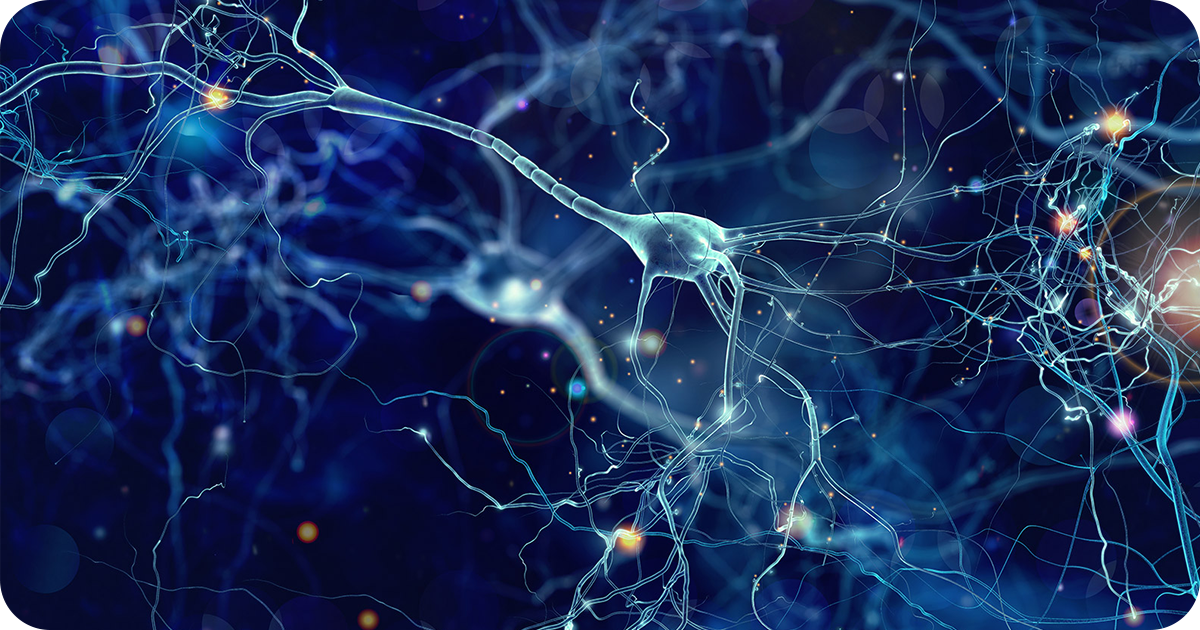
Now that we understand that substance use disorders have a biological basis, how does addiction start in the brain? One of the fundamental components of addiction and the brain relates to the biological perception of pleasure. As we touched upon earlier, due to the neurobiological changes the brain undergoes because of an addiction, the brain will begin recognizing pleasure in an altered way.
No matter where pleasure originates, the brain will recognize it in the same way, biologically speaking.[5]Berridge, K. C., & Kringelbach, M. L. (2008). Affective neuroscience of pleasure: reward in humans and animals. Psychopharmacology, 199(3), 457–480. https://doi.org/10.1007/s00213-008-1099-6 For instance, the way the brain perceives pleasure from alcohol, drugs, a filling meal, and sexual activity is the same: through the release of dopamine, a neurotransmitter that is found in the nucleus accumbens.
The nucleus accumbens is a particular group of nerve cells located in the basal forebrain beneath the cerebral cortex. Because dopamine is so critical to the neurological experience of pleasure, researchers have dubbed the nucleus accumbens the “pleasure center” of the brain.[6]Kringelbach, M. L., & Berridge, K. C. (2010). The functional neuroanatomy of pleasure and happiness. Discovery medicine, 9(49), 579–587.
When an individual with an addiction uses drugs or alcohol, they will experience a rush of dopamine from the nucleus accumbens that provides a rewarding and pleasurable response. More broadly, the reward center of the brain is made up of the nucleus accumbens, cerebral cortex,amygdala, and hippocampus.
Once the nucleus accumbens experiences a powerful surge of dopamine, this will impact the entire reward center.[7]Kringelbach, M. L., & Berridge, K. C. (2010). The functional neuroanatomy of pleasure and happiness. Discovery medicine, 9(49), 579–587. For example, the hippocampus now remembers the rapid feeling of satisfaction that the user received upon engaging with the substance. The amygdala then lays the groundwork for a conditioned response to particular stimuli — namely, the drug or other substance that the individual consumed.
Is Addiction Due Only to Pleasure?
While it is true that this dopamine release leads to an intense feeling of pleasure, it can also affect the individual’s memory and the process of learning new information. As we distinguish between substances or activities that a person enjoys versus the ones that they are biologically addicted to, memory and learning play a significant role.
We must also consider the role of glutamate, another neurotransmitter found within the brain. When dopamine is released and interacts with glutamate, this can completely rewire how the brain learns through rewards.[8]Kringelbach, M. L., & Berridge, K. C. (2010). The functional neuroanatomy of pleasure and happiness. Discovery medicine, 9(49), 579–587.
For instance, in order to ensure survival, the brain must relate particular activities to reward and a sense of pleasure — activities like eating and sex. Reward related learning plays an important evolutionary role within the brain, but when this system is hijacked by an addiction, it can take a devastating toll on an individual’s ability to reason and act rationally.
While pleasure does play an important role in the reward circuit of the brain, so do other variables, such as memory and motivation.[9]Bromberg-Martin, E. S., Matsumoto, M., & Hikosaka, O. (2010). Dopamine in motivational control: rewarding, aversive, and alerting. Neuron, 68(5), 815–834. … Continue reading Whenever an individual engages with an addictive substance or activity, they are tapping into the reward circuit. In fact, addictive substances will often overwhelm this circuit with an atypically powerful effect.
If the individual continues to use the addictive substance, then they will begin reconditioning how the nucleus accumbens and the prefrontal cortex interact and communicate with one another. Eventually, the experience of enjoying a particular substance or activity will become inseparable from craving it.
This is the experience that ultimately drives substance-dependent individuals to turn to drugs and alcohol, time and time again, regardless of the negative effects this will have on their own bodies. Rather than a lack of willpower, the mechanics of the individual’s brain are telling them to desire and seek out the addictive substance as long as that substance is continuing to generate a pleasurable response.
Memory, Compulsions, and Cravings
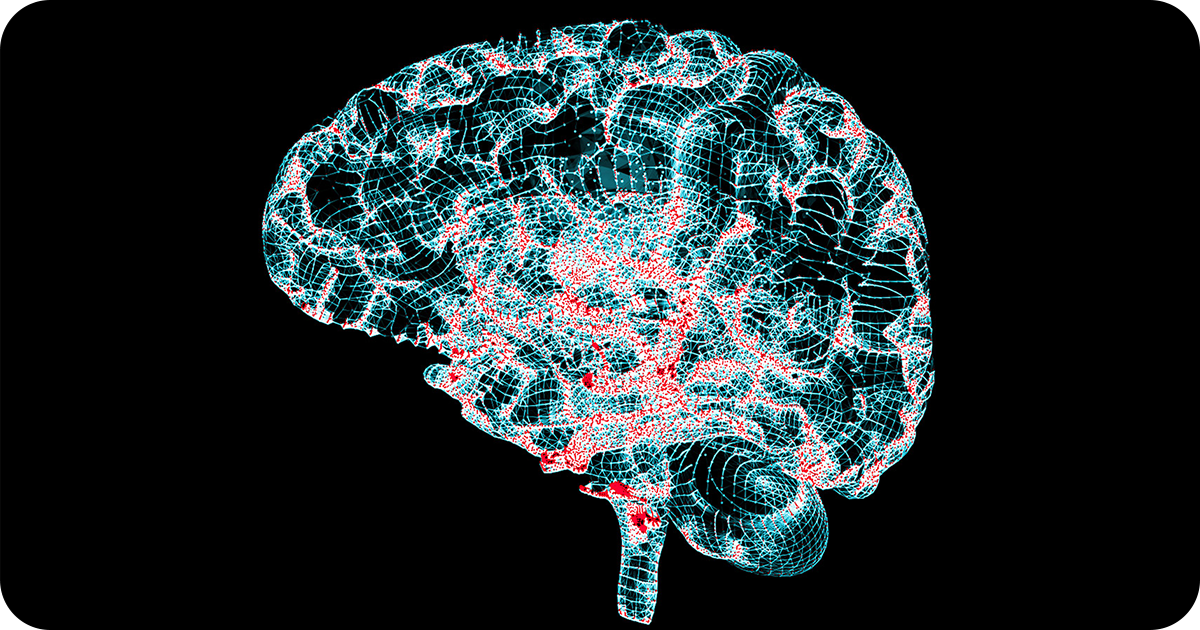
Even after the pleasure that the individual experienced due to the addictive substance recedes, their brain is still left with the memory of that pleasure. When the brain remembers the effects of the substance or behavior, then it will also be impacted by a strong desire to recreate this pleasurable experience. This is what leads to compulsions or cravings, which are often one of the most difficult roadblocks to achieving long-term sobriety.
Information about the addictive substance and environmental cues is stored in the amygdala and hippocampus.[10]Volkow, N. D., Fowler, J. S., & Wang, G. J. (2003). The addicted human brain: insights from imaging studies. The Journal of clinical investigation, 111(10), 1444–1451. … Continue reading The brain is then free to tap into this stored information whenever it desires, leading these memories to begin creating a conditioned response to the aforementioned environmental cues. If the individual encounters the cues, then they will experience a craving for the addictive substance.
Cravings are one of the most common causes of relapse in those recovering from substance dependency. Again, these compulsions aren’t merely due to a lack of willpower, driving the individual back to the substance. Instead, the neurobiological changes in that individual’s brain are leading them to crave the substance, even if they have already achieved sobriety for some time. Sadly, no matter how motivated someone is to achieve lifelong sobriety, they will still be affected by these cravings.
Depending on the individual and the nature of their addiction, the environmental cues that impact them can vary. For example, if someone who is recovering from alcohol dependency happens upon a bottle of whiskey, this sight could lead the brain to crave the substance (and the pleasurable experience it has provided in the past).
A Change in Pleasure: Developing a Tolerance
Unfortunately, once an addictive substance has modified the brain’s perception of pleasure, this isn’t the end of the line. Rather than this new brain state remaining stagnant as time goes on, the substance-dependent individual will begin to develop a tolerance to the substance or behavior.[11]Center for Substance Abuse Treatment. Managing Chronic Pain in Adults With or in Recovery From Substance Use Disorders. Rockville (MD): Substance Abuse and Mental Health Services Administration (US); … Continue reading This is one of the most dangerous biological components to developing a drug or alcohol addiction, as it is what leads many users to accidentally overdose.
The way we experience pleasure due to addiction occurs with an intensity that our brains simply aren’t hardwired to accommodate. While our brain understands that time and effort are typically needed to receive pleasure or reward, this isn’t the way that drugs or alcohol interact with our brains. Instead, these substances rapidly flood the brain with dopamine and pleasure-related neurotransmitters.
Non-addictive rewards don’t cause this same onslaught of neurotransmitters, and the neurotransmitter release from activities such as eating and having sex is slower and less reliable than what is experienced from using drugs or alcohol. This will eventually lead our brains to perceive addictive substances or activities as less pleasurable than they once were.
As a person’s brain receptors grow overwhelmed, their brain starts to release smaller quantities of dopamine and eliminate dopamine receptors.[12]Volkow, N. D., Wang, G. J., Fowler, J. S., Tomasi, D., Telang, F., & Baler, R. (2010). Addiction: decreased reward sensitivity and increased expectation sensitivity conspire to overwhelm the … Continue reading This means that the dopamine response the individual receives will not have as powerful an effect on their brain’s reward center. The longer an individual is addicted to a particular substance or behavior, the more likely they are to lose the pleasure they were once receiving before their brain adapted and developed a tolerance.
The Neurobiological Risk Factors for Addiction
We’ve already acknowledged that substances or behaviors which result in a faster and more powerful dopamine rush put the individual at a higher risk of addiction. However, why do some people become immediately addicted to a particular substance, while others can consume that same substance numerous times without developing an addiction?
Addiction is complex, and several key risk factors can increase the likelihood that someone develops an addiction. One of the most impactful risk factors actually relates to the individual’s genetics. In fact, research has shown that genes can play anywhere from a 40% to a 60% role in the overall probability of someone developing an addiction.[13]Bevilacqua, L., & Goldman, D. (2009). Genes and addictions. Clinical pharmacology and therapeutics, 85(4), 359–361. https://doi.org/10.1038/clpt.2009.6 Breaking this down even further, “genetics” can refer to an individual’s family history of addiction (which is a chronic illness), but it can also refer to epigenetics.
A person’s epigenetic risk of developing an addiction can be far more difficult to be conscious of. While someone may know that they have a family history of alcohol dependency, leading them to steer clear of the substance, epigenetics is far more individualized. Depending on the environmental effects that an individual is impacted by, their genes could express themselves in different ways.
In addition, if someone has already been diagnosed with a mood disorder like depression or anxiety (as well as a number of other psychological disorders), then they are also more susceptible to developing an addiction. The environment and experiences a person has been exposed to can also increase the likelihood that they will develop an addiction. Namely, if they have undergone trauma in the past, they are more likely to develop a substance use disorder than someone without a history of trauma.[14]Khoury, L., Tang, Y. L., Bradley, B., Cubells, J. F., & Ressler, K. J. (2010). Substance use, childhood traumatic experience, and Posttraumatic Stress Disorder in an urban civilian population. … Continue reading
Ultimately, however, it is possible for anyone to develop an addiction. This disorder is not dependent solely upon any variables that increase an individual’s risk, nor is it related to personality or character. Like many other chronic health conditions, it’s possible for any individual to develop an addiction or substance use disorder. Addiction starts in the brain, meaning anyone could theoretically become impacted by addiction given the right set of circumstances.
Fight Substance Dependency at Stairway Resource Center
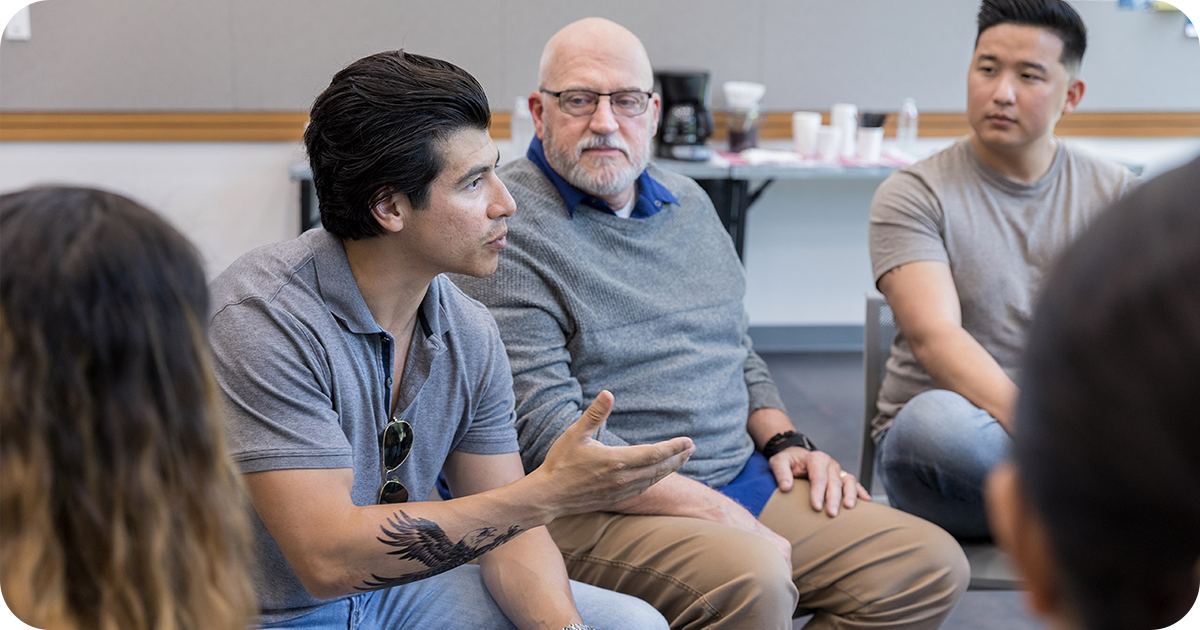
At Stairway Resource Center, we recognize the neurobiological impact of substance use disorders, and this understanding is reflected in the treatment we provide to our clients. If you are currently dealing with a substance use disorder, know that you are experiencing a serious chronic illness, which requires treatment like any other.
Substance use disorders are not your fault, and this holds no bearing on your character. The most important thing you can do now is accept that you struggle with this disorder and seek treatment to manage it, not focus on blaming yourself.

Medical Director
Michael D. Stone, MD has been in practice for over 30 years. He graduated from Medical School in 1986 and attended LA County/USC Medical Center Residency in the field of Emergency Medicine. He is a practicing E.R. doctor at 2 hospitals in the Southern California area. Dr. Stone also has a Specialty in Chemical Dependency and Addiction Medicine for 22 years. He is the Medical Director of numerous Residential and Outpatient Facilities in the Los Angeles area. Dr. Stone’s interests outside of medicine include a commercial pilot, all outdoor activities including skiing, fishing and boating.
Sources:
| ↑1 | McLellan A. T. (2017). Substance Misuse and Substance use Disorders: Why do they Matter in Healthcare?. Transactions of the American Clinical and Climatological Association, 128, 112–130. |
|---|---|
| ↑2 | Yau, Y. H., & Potenza, M. N. (2015). Gambling disorder and other behavioral addictions: recognition and treatment. Harvard review of psychiatry, 23(2), 134–146. https://doi.org/10.1097/HRP.0000000000000051 |
| ↑3 | Leshner A. I. (1997). Addiction is a brain disease, and it matters. Science (New York, N.Y.), 278(5335), 45–47. https://doi.org/10.1126/science.278.5335.45 |
| ↑4 | Leshner A. I. (1997). Addiction is a brain disease, and it matters. Science (New York, N.Y.), 278(5335), 45–47. https://doi.org/10.1126/science.278.5335.45 |
| ↑5 | Berridge, K. C., & Kringelbach, M. L. (2008). Affective neuroscience of pleasure: reward in humans and animals. Psychopharmacology, 199(3), 457–480. https://doi.org/10.1007/s00213-008-1099-6 |
| ↑6 | Kringelbach, M. L., & Berridge, K. C. (2010). The functional neuroanatomy of pleasure and happiness. Discovery medicine, 9(49), 579–587. |
| ↑7 | Kringelbach, M. L., & Berridge, K. C. (2010). The functional neuroanatomy of pleasure and happiness. Discovery medicine, 9(49), 579–587. |
| ↑8 | Kringelbach, M. L., & Berridge, K. C. (2010). The functional neuroanatomy of pleasure and happiness. Discovery medicine, 9(49), 579–587. |
| ↑9 | Bromberg-Martin, E. S., Matsumoto, M., & Hikosaka, O. (2010). Dopamine in motivational control: rewarding, aversive, and alerting. Neuron, 68(5), 815–834. https://doi.org/10.1016/j.neuron.2010.11.022 |
| ↑10 | Volkow, N. D., Fowler, J. S., & Wang, G. J. (2003). The addicted human brain: insights from imaging studies. The Journal of clinical investigation, 111(10), 1444–1451. https://doi.org/10.1172/JCI18533 |
| ↑11 | Center for Substance Abuse Treatment. Managing Chronic Pain in Adults With or in Recovery From Substance Use Disorders. Rockville (MD): Substance Abuse and Mental Health Services Administration (US); 2012. (Treatment Improvement Protocol (TIP) Series, No. 54.) Exhibit 2-6, DSM-IV-TR Criteria for Substance Abuse and Substance Dependence. Available from: https://www.ncbi.nlm.nih.gov/books/NBK92053/table/ch2.t5/ |
| ↑12 | Volkow, N. D., Wang, G. J., Fowler, J. S., Tomasi, D., Telang, F., & Baler, R. (2010). Addiction: decreased reward sensitivity and increased expectation sensitivity conspire to overwhelm the brain’s control circuit. BioEssays : news and reviews in molecular, cellular and developmental biology, 32(9), 748–755. https://doi.org/10.1002/bies.201000042 |
| ↑13 | Bevilacqua, L., & Goldman, D. (2009). Genes and addictions. Clinical pharmacology and therapeutics, 85(4), 359–361. https://doi.org/10.1038/clpt.2009.6 |
| ↑14 | Khoury, L., Tang, Y. L., Bradley, B., Cubells, J. F., & Ressler, K. J. (2010). Substance use, childhood traumatic experience, and Posttraumatic Stress Disorder in an urban civilian population. Depression and anxiety, 27(12), 1077–1086. https://doi.org/10.1002/da.20751 |
